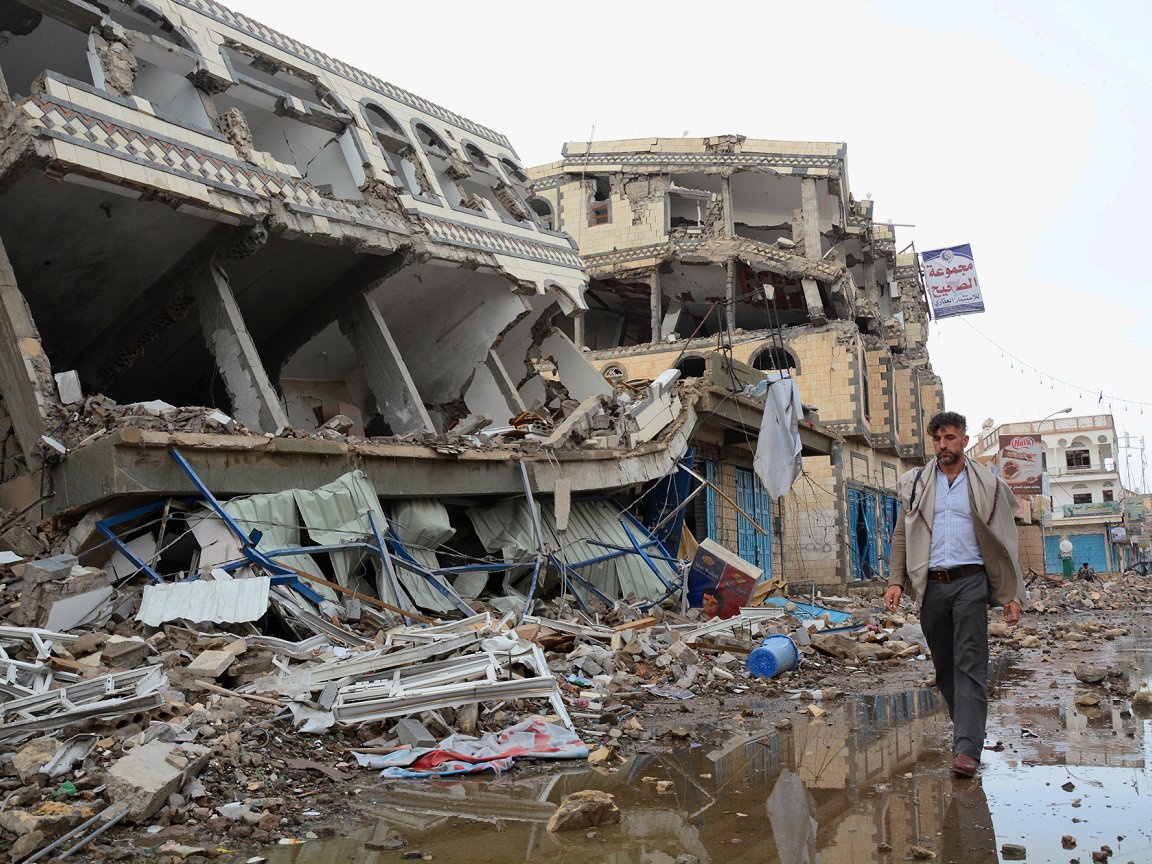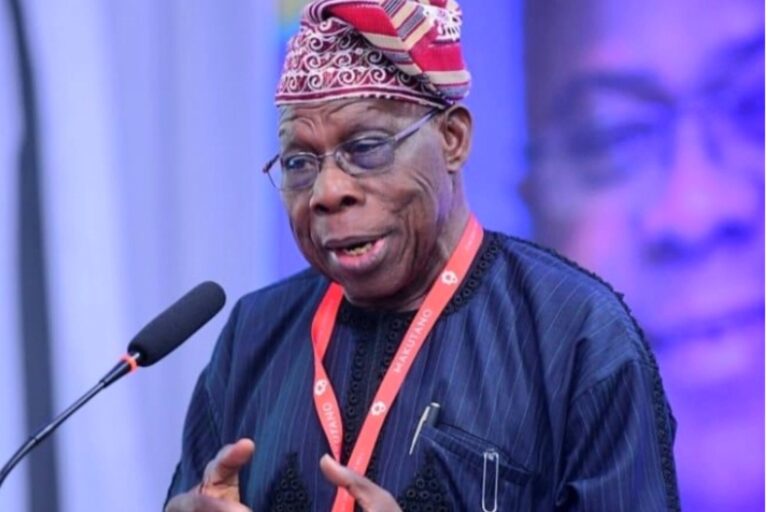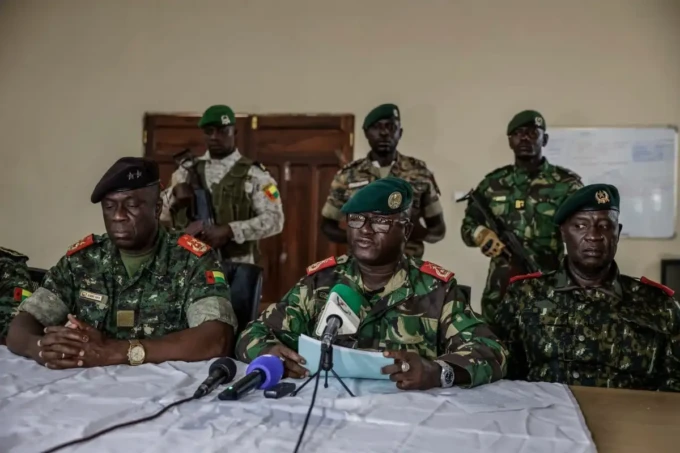As of June 2025, the world is grappling with an unprecedented humanitarian crisis, marked by escalating conflicts and the intensifying impacts of climate change. These intertwined challenges have led to a surge in displacement, hunger, and suffering across multiple regions.
In Sudan, the civil war that erupted in April 2023 has resulted in over 4 million people fleeing the country, making it the world’s most severe displacement crisis. Neighboring countries, particularly Chad, have been overwhelmed by the influx, with over 800,000 refugees seeking shelter. However, the conditions in these host countries are dire, with severe funding shortages exacerbating the crisis. The United Nations has described the situation as unprecedented, with refugees sharing harrowing accounts of violence and terror.
The conflict in Sudan has testified the critical situation in the Horn of Africa, where 60 million individuals required aid last year, including 20 million internally displaced persons (IDPs) in Sudan, Somalia, and Ethiopia. This underscores the significant role of regional powers in internal crises.
In the Democratic Republic of the Congo (DRC), the March 23 Movement (M23), along with allied Rwandan forces, seized control of Goma, the capital of North Kivu, in January 2025. This escalation has displaced over 700,000 people within Goma alone, contributing to a total of 7.8 million internally displaced persons across the country. The DRC continues to grapple with widespread violence and instability, further compounding the humanitarian crisis.
The International Rescue Committee (IRC) has identified Sudan, the occupied Palestinian territories, and Myanmar as the top three countries facing the most severe humanitarian crises in 2025. These nations are experiencing a combination of armed conflict, political instability, and the adverse effects of climate change, leading to significant displacement and suffering.
The global displacement crisis is set to surge by an additional 6.7 million people over the next two years due to ongoing conflicts and civilian attacks. Sudan, Afghanistan, Myanmar, the DRC, Syria, Yemen, and Venezuela are among the countries expected to see significant increases in displacement. This surge is exacerbated by record displacement, skyrocketing needs, and drastic funding cuts, leading to a once-in-a-generation crisis as wealthy nations cut aid, leaving millions to suffer.
In West Africa, nearly 9 million people have been displaced due to increasing violence, insecurity, and extreme weather events. Countries such as Burkina Faso, Mali, Niger, and Nigeria are particularly vulnerable, with communities lacking the resources to adapt or recover from climate-induced displacement. The IRC emphasizes the urgent need for action to address the compound crisis of armed conflict and climate change in the region.
The United Nations has allocated $110 million from its emergency fund to address neglected global crises, following significant cuts from major donors like the United States. The U.S. administration recently canceled nearly 10,000 foreign aid grants and contracts worth about $60 billion, while other donors, such as Britain, have also reduced contributions as they prioritize increased defense spending. UN Under-Secretary-General for Humanitarian Affairs, Tom Fletcher, emphasized that these funding reductions worsen the humanitarian needs in conflict-ridden and economically struggling countries.
The International Rescue Committee warns of a humanitarian crisis resulting from drastic aid funding cuts, primarily driven by the U.S. administration’s decision to reduce foreign assistance by 84% and dismantle major aid agencies. These cuts have already led to the shutdown of essential programs, such as food kitchens in Sudan. The IRC urges a strategic reallocation of aid away from middle-income and affluent nations, suggesting at least 50% of global aid should target conflict-affected countries, compared to the current 25%.
The United Nations’ World Food Programme (WFP) has warned that 58 million people face a hunger crisis after a significant shortfall in aid. This year, there have been drastic cuts from donors, including the United States, leading to a 40% decline in donations. The shortfall threatens food programs in 28 crisis zones worldwide, including Gaza, Sudan, Syria, and Congo. The WFP has received only $1.57 billion of the $21.1 billion required, with the U.S., traditionally the largest donor, significantly reducing its contributions under the current administration.
The United Nations report highlights severe food crises in vulnerable regions like the Palestinian territories, Sudan, South Sudan, Haiti, and Mali, exacerbated by conflicts, economic instability, and climate shocks. The UN’s Food and Agriculture Organization (FAO) and World Food Programme (WFP) have identified 22 “hunger hotspots” where acute food insecurity is projected to worsen, including Sudan, South Sudan, Haiti, Mali, and the Palestinian territories. Conflict and climate extremes, such as the La Niña weather pattern, are primary drivers of hunger, disrupting food systems and displacing populations.
The International Rescue Committee (IRC) has identified Sudan, the occupied Palestinian territories, and Myanmar as the top three countries facing the most severe humanitarian crises in 2025. These nations are experiencing a combination of armed conflict, political instability, and the adverse effects of climate change, leading to significant displacement and suffering.
The global humanitarian landscape in 2025 is marked by a convergence of conflicts and climate change, leading to unprecedented displacement and suffering. The international community faces significant challenges in addressing these crises, with funding shortages and escalating needs complicating relief efforts. Urgent and coordinated action is required to mitigate the impacts of these crises and provide support to the millions affected worldwide.











Leave a comment